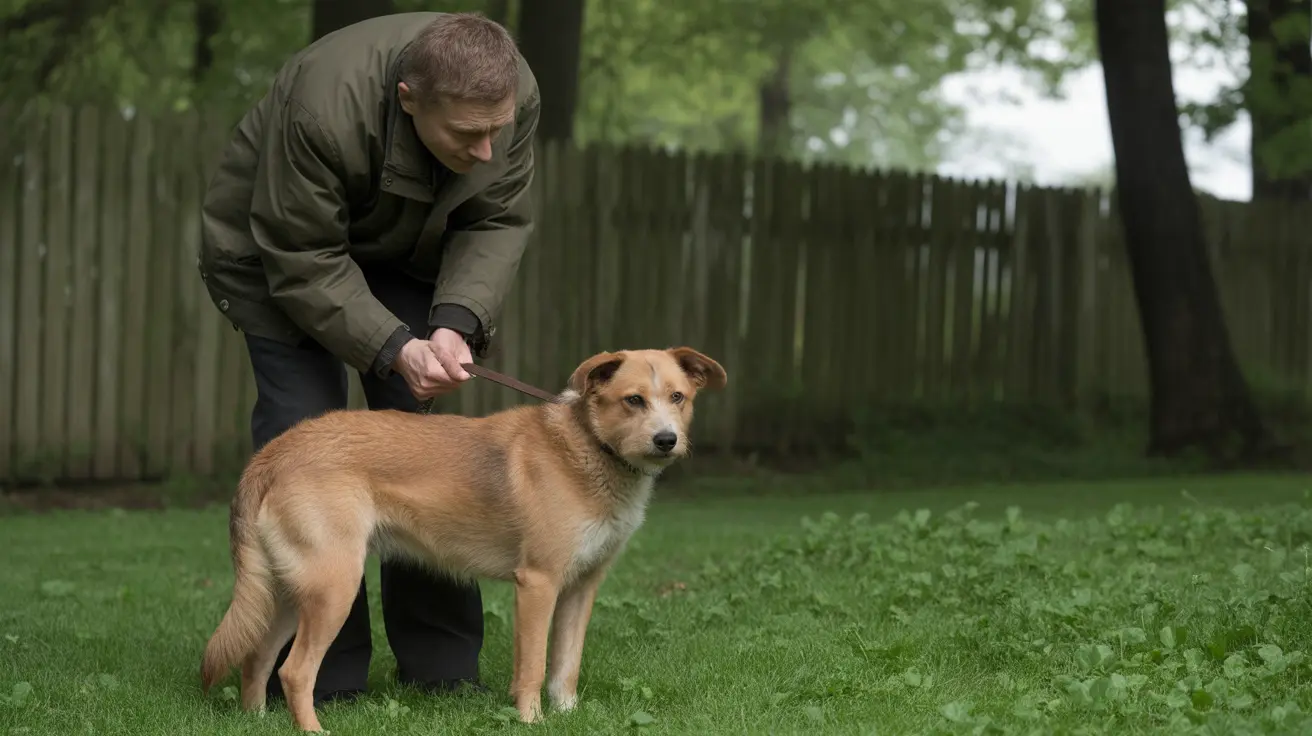Are Lilies Safe to Have Around Dogs?
Lilies are among the most popular decorative plants worldwide. Their vibrant blooms and captivating fragrance make them a favorite in homes and gardens. However, if you’re a pet owner—specifically a dog owner—it's crucial to understand the potential dangers these beautiful plants can pose. While lilies are extremely toxic to cats, certain types can also present serious health risks to dogs. Here's a detailed breakdown to help you make an informed decision about keeping lilies in your home if you have a dog.
Types of Lilies Most Toxic to Dogs
Not all lilies impact dogs in the same way, but some can cause severe or even fatal reactions. Here are several types known to be particularly dangerous:
- Lily of the Valley: This variety contains cardiac glycosides that can cause gastrointestinal upset and severely affect heart rhythm, leading to potentially fatal arrhythmias and seizures.
- Gloriosa Lily (Flame Lily): Toxic due to colchicine in the tubers, causing multiple organ failure, bone marrow suppression, and sometimes death.
- Peace Lily (Spathiphyllum spp.): Contains insoluble calcium oxalates that cause intense oral pain, swelling, drooling, vomiting, and difficulty swallowing.
- Calla Lily: Similar to the peace lily, this plant also causes mouth irritation and digestive discomfort due to calcium oxalates.
- Prairie Lily (Rain Lily): The bulbs are especially toxic and can cause severe vomiting and diarrhea if ingested.
Less Dangerous (But Still Risky) Lilies
Some lilies like daylilies, Easter lilies, stargazer lilies, and tiger lilies are not considered deadly to dogs but can still cause mild to moderate gastrointestinal upset. These types may lead to vomiting, diarrhea, and decreased appetite, and still require veterinary observation.
Symptoms of Lily Poisoning in Dogs
If your dog has come into contact with or ingested any type of lily, you may observe the following symptoms:
- Vomiting and diarrhea
- Excessive drooling
- Decreased appetite
- Pawing at the mouth
- Difficulty swallowing
- Heart arrhythmias (especially with Lily of the Valley)
- Seizures (possible with Lily of the Valley or Gloriosa Lily)
- Weakness, collapse, or sudden death in extreme cases
What to Do If Your Dog Ingests Lilies
Time is critical. Here's what you should do immediately:
- Contact your veterinarian or the nearest veterinary emergency center.
- Take a photo or bring a sample of the plant for identification.
- Do not induce vomiting on your own—this can make the situation worse.
Treatment may involve:
- Induced vomiting and activated charcoal (if within a short time of ingestion)
- IV fluids to flush out toxins
- Medications to protect the stomach and organs
- Monitoring of kidney and liver functions
- Hospitalization for serious poisonings
Preventing Lily Poisoning in Dogs
Prevention is always better than cure. If you own a dog, take these steps to ensure its safety:
- Do not bring lilies into your home or garden if unsure of the species.
- Inspect flower arrangements for hidden lilies and remove them safely.
- Dispose of lily water from vases, as it may contain toxic residues.
- Train your dog not to chew on plants or investigate flower pots.
- Check landscaping and garden centers for toxic plants before purchasing.
Final Thoughts
While some lilies might just cause an upset stomach in dogs, others can lead to severe health complications or death. The safest approach is to avoid having lilies in your home if you’re a pet owner. If in doubt, consult your vet or reputable pet poison resources before introducing any new plant into your dog’s environment. Awareness and prompt action can save your furry friend's life.





